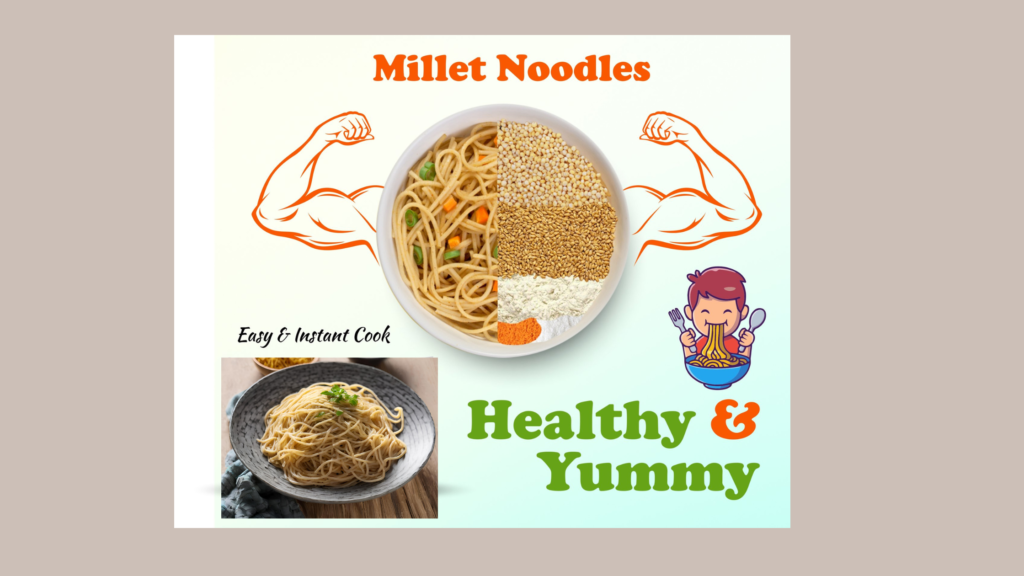In recent years, there has been a resurgence of interest in traditional grains and cereals, and mixed millets are at the forefront of this movement. But what exactly are mixed millets, and why are they gaining so much attention? Let’s dive in and explore the wonders of mixed millets, their health benefits, and how they can be incorporated into your diet.
What are Mixed Millets?
Mixed millets are a combination of various types of millet grains. Millets are small-seeded grasses that have been cultivated for thousands of years, especially in regions with semi-arid climates. They are a staple food in many parts of the world, including India, Africa, and China.
Common types of millets include:
- Pearl millet: Also known as bajra, pearl millet is rich in protein, fiber, and essential minerals like iron and magnesium.
- Foxtail millet: This millet is packed with nutrients like calcium, iron, and antioxidants.
- Little millet: Despite its small size, little millet is a nutritional powerhouse, containing high levels of protein, fiber, and minerals.
- Barnyard millet: Rich in fiber and phytonutrients, barnyard millet is a gluten-free grain with a low glycemic index.
Health Benefits of Mixed Millets
- Rich in Nutrients: Mixed millets are a rich source of vitamins, minerals, and antioxidants. They provide essential nutrients like iron, calcium, magnesium, and B vitamins, which are vital for maintaining overall health.
- Gluten-Free: For individuals with gluten intolerance or celiac disease, mixed millets offer a great alternative to wheat and other gluten-containing grains.
- Low Glycemic Index: Millets have a low glycemic index, which means they help regulate blood sugar levels and prevent spikes in insulin.
- Digestive Health: The high fiber content in mixed millets promotes healthy digestion and prevents constipation.
- Weight Management: Including mixed millets in your diet can aid in weight management due to their high fiber content, which keeps you feeling full for longer periods.
Incorporating Mixed Millets into Your Diet
Now, let’s talk about how you can incorporate mixed millets into your meals. Here are some ideas:
1- Mixed Millet Porridge: Start your day with a nutritious breakfast by cooking mixed millet porridge. Add your favorite fruits and nuts for extra flavor and texture.
Mixed Millet Pulao: Replace rice with mixed millets in your favorite pulao recipe for a healthier twist.
2- Mixed Millet Upma: Make a savory upma using mixed millets, vegetables, and spices. It’s a delicious and filling dish for breakfast or brunch.
3- Mixed Millet Noodles: Yes, you heard it right! Mixed millet noodles are a fantastic option for those craving noodles but looking for a healthier alternative. Made from a blend of millet flours, these noodles are gluten-free, nutritious, and delicious. You can find them in health food stores or make your own at home.
Conclusion
Mixed millets are not just nutritious; they are also versatile and delicious. By incorporating them into your diet, you can enjoy a wide range of health benefits while exploring exciting new flavors and textures. So, why not give mixed millets a try and experience the wonders of this ancient grain for yourself?

